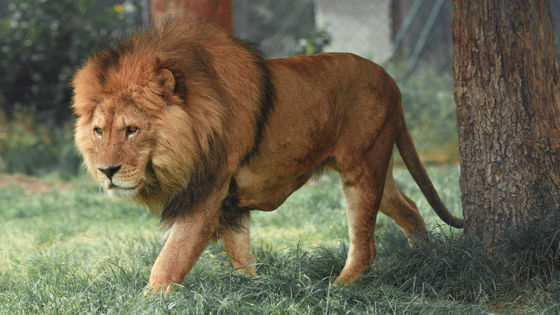'Yawning' may have developed to quickly detect threats such as external enemies

Seeing other people selectively enhances vigilance: A conceptual replication.
https://psycnet.apa.org/record/2024-05516-001

Yawning evolved as a mechanism for threat detection • Earth.com
A research team led by Andrew Gallup of the State University of New York announced the hypothesis that ``yawning may have evolved as a signal that one member of a group is tired.'' According to the research team, other members who noticed this signal felt fatigued and became more vigilant in order to cover the members who were easily targeted by external enemies.
The research team also states, ``The tendency to synchronize with and be influenced by the yawns of those around you, such as yawning, may have evolved to increase the ability to survive within a group.''
To test this hypothesis, the research team first showed 27 participants videos of ``people yawning'' or ``people not yawning.'' Participants were then shown, in random order, images of a lion that could pose a threat to humans, an image of an impala herbivore , and other unrelated images. Participants were required to detect only images of lions among the images presented.

As a result of the experiment, the research team reported that ``participants who were presented with a video of a yawning person were faster at detecting lions, but slower at detecting impalas.''

'Running a previous experiment under different conditions is an important step to ensure that the original finding was not due to chance or a statistical anomaly, as was the case in this experiment,' Gallup said. 'If we can reproduce the same effect in a previous experiment under different conditions, we can be confident that a finding is a true effect.'
Gallup also reported that ``Seeing someone else yawn has been shown to improve our ability to detect threats such as snakes, lions, and other animals, making us more alert.'' doing.
Related Posts:
in Science, Posted by log1r_ut







